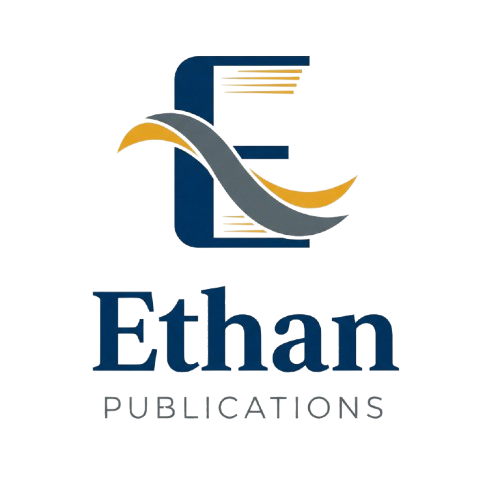APPLICATIONS AND SCALING POTENTIAL OF NEODYMIUM OXIDE NANOFILMS IN MICROELECTRONICS
Authors: Manoj Prasad Baruah
DOI: 10.5281/zenodo.17414539
Published: October 2025
Abstract
<p><em>The AC conduction mechanism of vacuum deposited Neodymium Oxide (Nd<sub>2</sub>O<sub>3</sub>) nano films with Aluminium top and counter electrodes were investigated at temperature range 302-528 K and within the thickness range 90-175 nm. The variations of capacitance (C) with frequency (0.06-50 kHz) at different temperatures were also observed. It was found that the capacitance was frequency dependent at all temperatures but almost independent in the high frequency range beyond 1 kHz. From the variation of dielectric loss (tanδ) with frequency it was seen that tanδ values decrease rapidly with frequency and attains a minimum value. The variation of C with T at various frequencies was also studied and was found that C almost remain constant almost upto 440 K and then increases sharply with temperature. At low frequencies C increases sharply with temperature. From the tanδ versus T characteristics at different frequencies it was observed that in the temperature range upto 460 K. tanδ almost remained constant but increased sharply with T at frequencies below 1 kHz or below. A non-linear variation of 1/C<sup>2</sup> with voltage did not indicate the presence of Schottky barriers. Nd<sub>2</sub>O<sub>3</sub> nano films show low capacitance density 0.0021 µF cm<sup>-2</sup> and low dielectric loss 0.008 at 1 kHz <sub>and</sub> at 300 K. On account of stable properties, low dielectric loss and high dielectric constant the application of Nd<sub>2</sub>O<sub>3</sub> nano films in electronic microcircuits will give promising result</em></p>
Full Text
No full text available
Cite this Article
References
- No references available.
